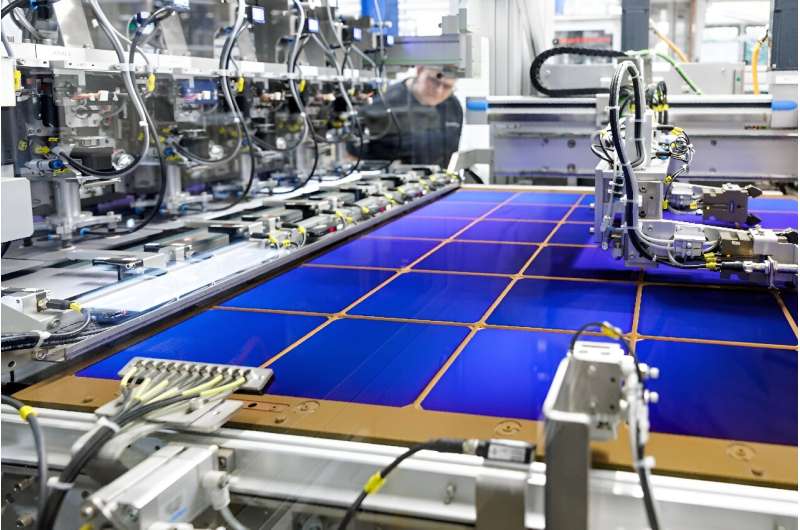
Germany’s solar panel market is experiencing a significant demand decline. This decline is primarily driven by economic factors. The ongoing cost of living crisis and rising interest rates have made consumers hesitant to invest in solar installations. High upfront costs deter potential buyers. The residential solar sector is hit hardest. Bankruptcies and layoffs are increasing among installation and distribution companies. They are struggling to adapt to shifting conditions. Companies are reassessing strategies or undergoing takeovers.
Oversupply and Price Erosion Threaten Market Viability
Waning demand has led to an oversupply in Germany’s market. This is further driving down prices. Oversupply and diminishing consumer confidence raise concerns. Long-term viability of the solar panel industry is threatened. The downturn could jeopardize Germany’s renewable energy goals. Other European markets like Belgium and the Netherlands are also seeing reduced solar power adoption.
Economic Factors and Government Policy Changes Impact Investment
Germany saw a solar panel installation surge post-Russia-Ukraine war. Rising energy prices and energy security concerns drove this. However, the market has corrected. Rising energy prices stabilized. High interest rates made solar financing more expensive. Mid-2024, the German government reformed renewable energy subsidies. They transitioned from guaranteed pricing to one-time grants. This, coupled with broader subsidy reductions, dampened investment. Lower energy prices and subsidy changes made consumers less inclined to commit to solar installations.
Chinese Competition and Market Consolidation Intensify
The German solar panel industry faces increased competition from cheaper Chinese imports. These imports undermined domestic manufacturer price competitiveness. Smaller solar companies are merging or scaling back operations. Many are reluctant to make new investments. This resulted in a slowdown in sector growth.
Mini Photovoltaic Systems Show Continued Consumer Interest
Despite the slowdown, mini photovoltaic system adoption has risen. These affordable solutions appeal to consumers interested in green energy. Traditional solar panel installation costs deter them. This segment, though small, represents continued consumer interest in renewable energy.











Leave a Reply
You must be logged in to post a comment.